Unlock the Editor’s Digest for free
Roula Khalaf, Editor of the FT, selects her favourite stories in this weekly newsletter.
The outstretched arm of our tracker gestures towards some treetops a few hundred yards away: his ability to spot the seemingly invisible is astounding. Luke, our guide, cuts the engine of the Land Cruiser and turns around: “Can you see? Just through that clearing to the left.”
Following his direction through my binoculars, I pick out the majestic-looking bird: dark brown head with tufted crown, white breast and piercing yellow eyes. Luke fills me in: “Sometimes nicknamed the ‘leopard of the air’, it’s a martial eagle, with a wingspan of up to 2.5m, one of the world’s largest birds of prey, and the largest in Africa.” This apex predator remains on its perch for a precious few minutes, then suddenly takes flight and disappears into the distance.
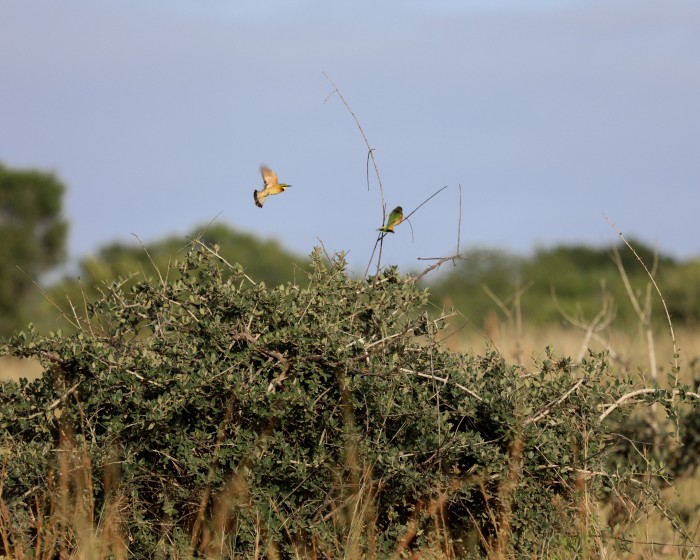
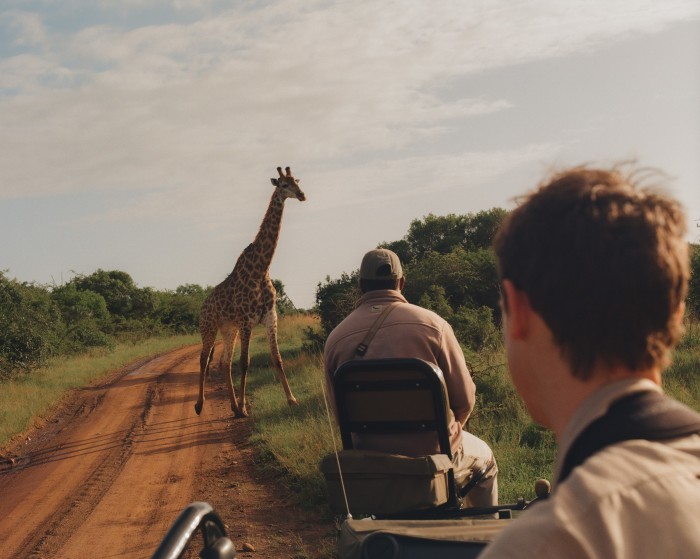
I’ve come to andBeyond’s Phinda Mountain Lodge in eastern South Africa on a birdwatching safari. The lodge sits in an elevated position with views across Phinda Private Game Reserve’s 73,800 acres; its seven ecosystems offer an unusually varied habitat, from lush greenery to open savannah. The foothills of the low‑lying Lebombo mountains stretch 500 miles north into Mozambique, and the azure waters of the Indian Ocean lie just 20 miles east.
Most guests are here for the big game, but an impressive 436 bird species also makes the reserve a popular birding destination, so andBeyond’s specialist itinerary allows me to indulge a lifelong hobby.
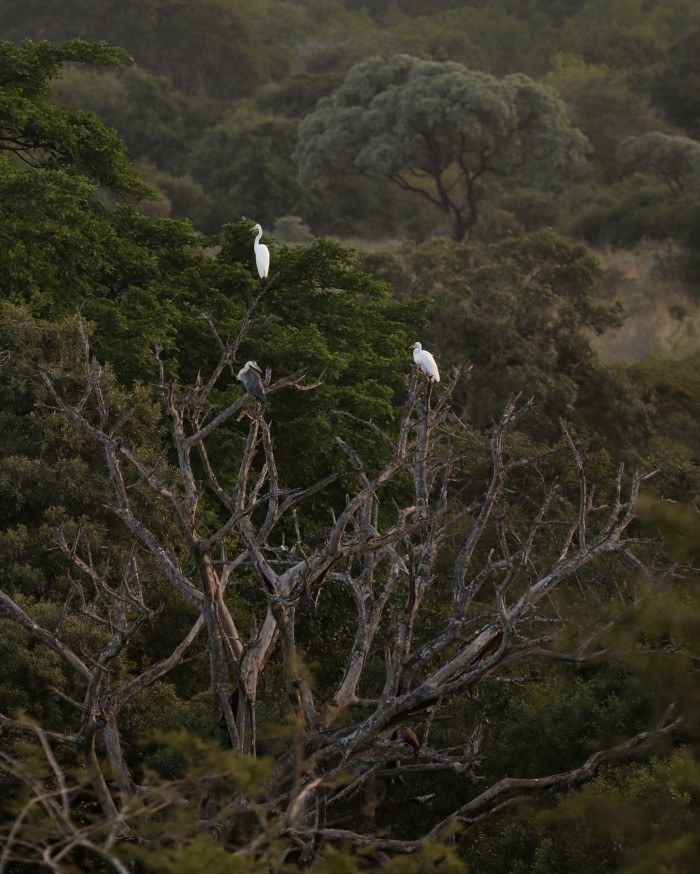
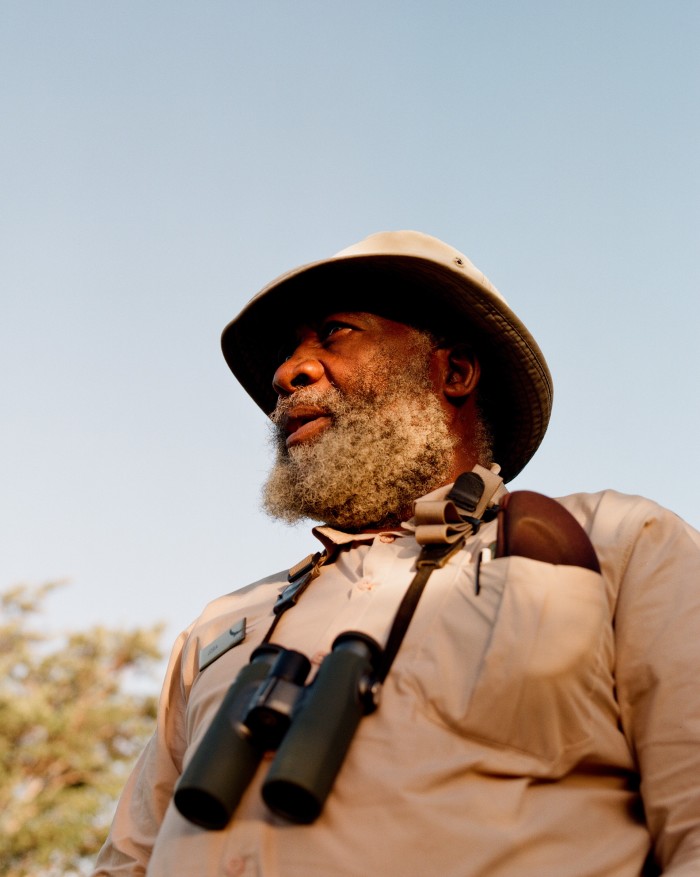
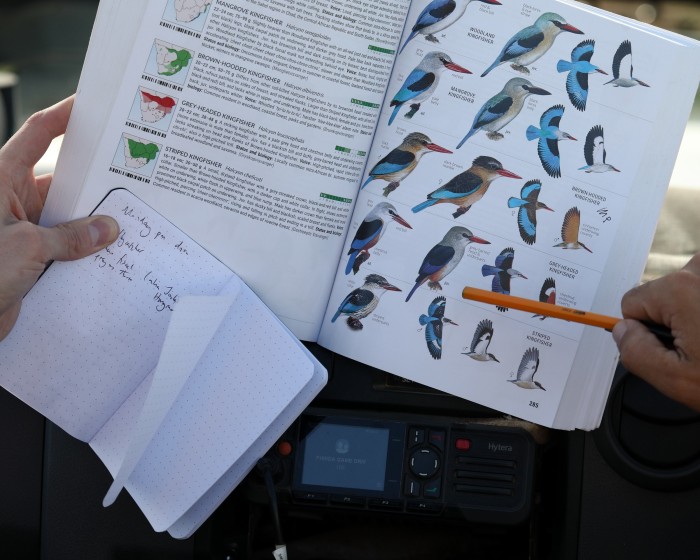
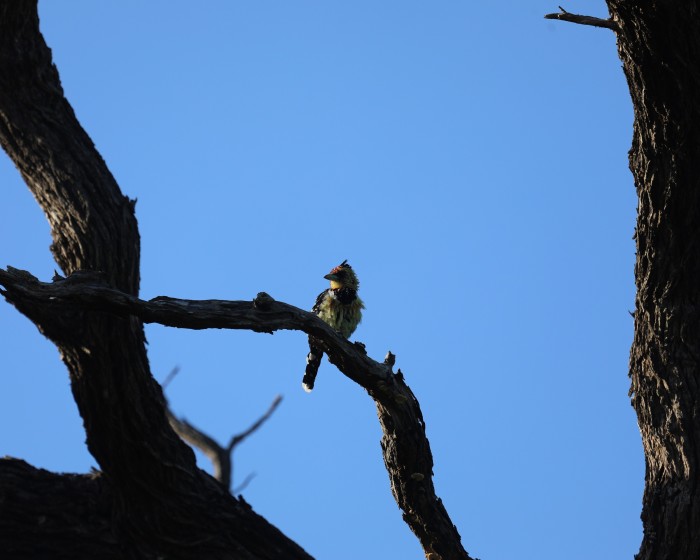
Much of our first morning is hijacked by my enthusiasm to identify every bird we see, which means we get no further than 200 yards from the lodge in the first hour. But in the afternoon, we head directly to the dry sand forest, which is home to unusual endemic species.
Surrounded by an elephant exclusion fence, we leave the vehicle and set out on foot – as strict protocol dictates, our guide leads from the front with a high-calibre rifle in hand. Orchids and lichen grow in profusion, and some of the Lebombo wattle trees are believed to date back over 1,000 years. The dense vegetation makes getting a good view of the birds more challenging, but we still spot plenty, including African green pigeons, the paradise flycatcher with its unmistakably long tail feathers, and the crested barbet. Then we’re treated to the endemic pink-throated twinspot, a distinctive waxbill with a bright head and black chest with white spots. Extant in just a handful of other locations nearby, this is a favourite for many visiting birders.
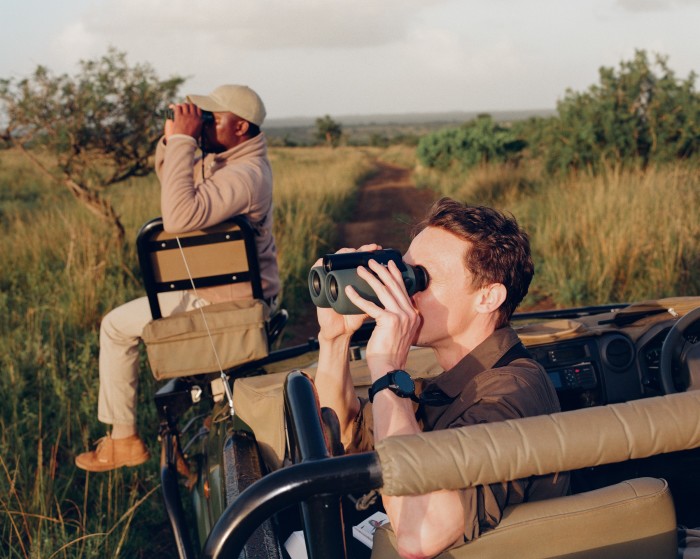
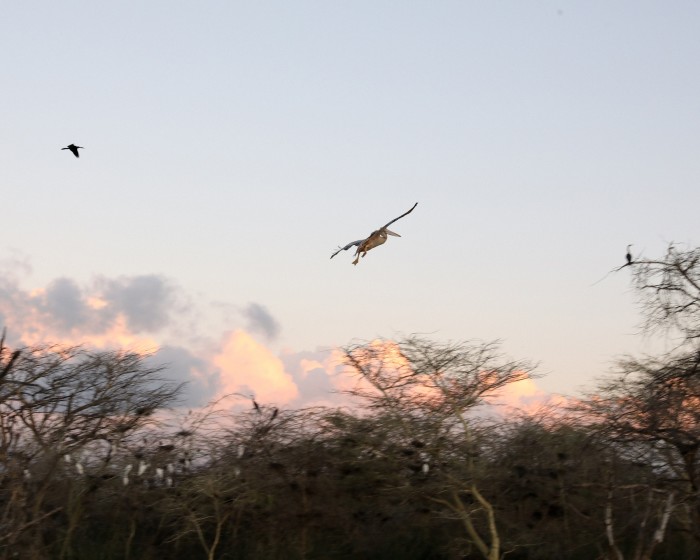
My bird knowledge – largely limited to the British Isles – is of little help here in South Africa, so my guide has been invaluable. However, I’ve also been given access to the world’s first AI-supported binoculars, released this year, which enable me to make positive IDs myself. The Swarovski Optik AX Visio (£3,820) combines high-end optics (10×32) with bird identification software. You get the desired bird in your sights, and at the press of a button a suggested species appears on the heads-up display. Behind the scenes, the binoculars are cross-checking the image and GPS coordinates against Merlin Bird ID’s extensive database of more than 8,000 bird species (Merlin’s app is divided up into groups, allowing you to download extra information on the species found in a given region; I installed the South Africa pack of 712 birds.)
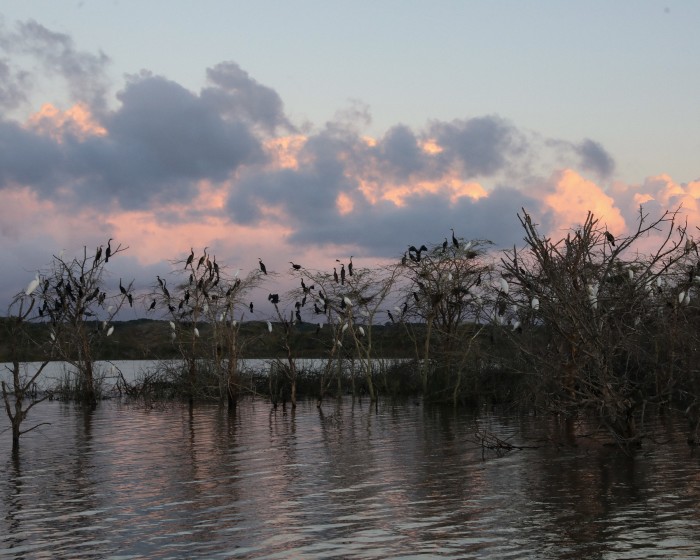
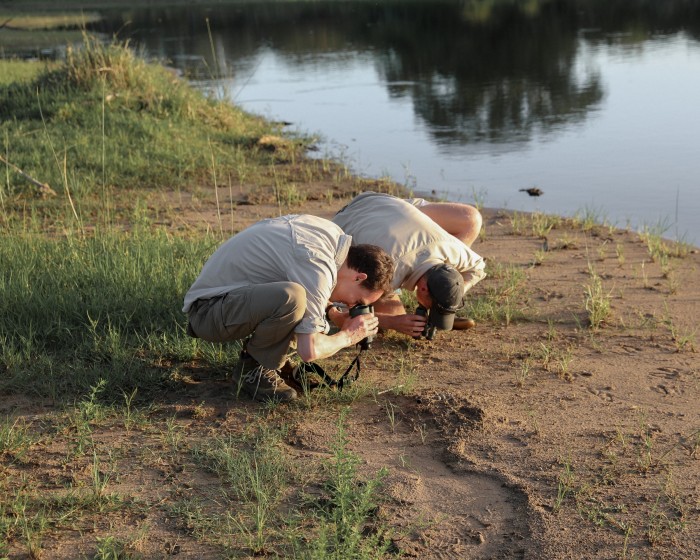
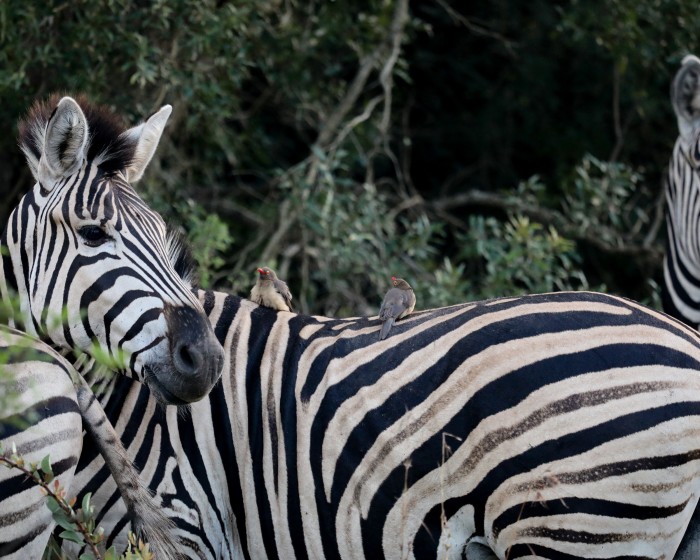
Making our way in the vehicle once again, we come across zebra with red-billed oxpeckers picking ticks and parasites from their backs. A little further on, we glimpse a southern fiscal; a black-and-white shrike that also goes by the name of butcher bird due to its habit of impaling its prey on acacia thorns for later consumption. Then, as we pass a small water source, a bright colour flashes by before perching on a small branch; it’s a malachite kingfisher. Meanwhile, a three-banded plover moves busily along the water’s edge, foraging for insects. Luke then spots its nest, which is little more than a shallow depression on the beach containing two small grey mottled eggs.
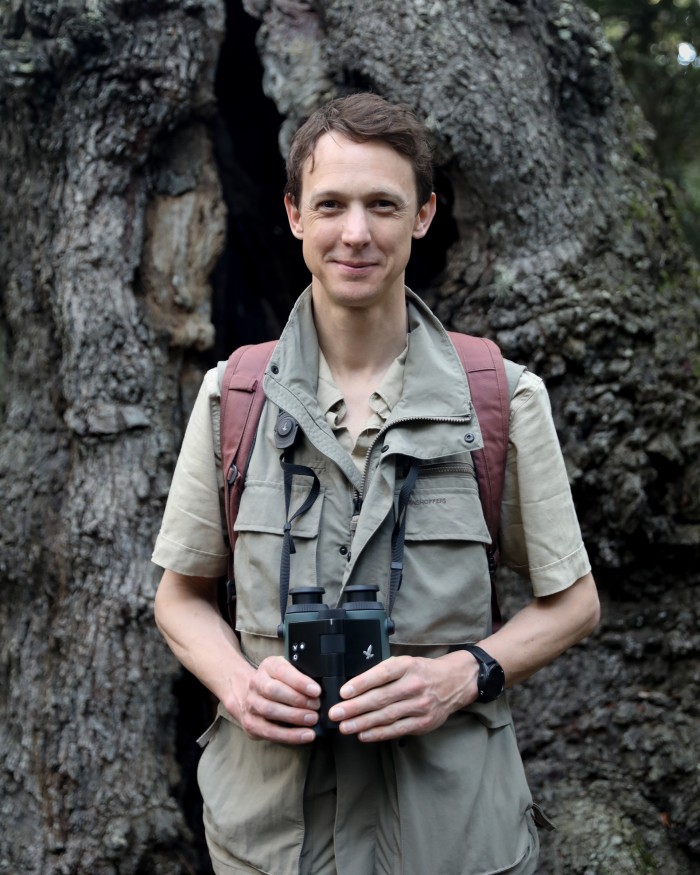
Over the course of three days, the binoculars help me correctly identify 68 species of bird. Although there are a few, around 30, with which the technology struggled. Sometimes the bird is too far away, or it is obscured by twigs, or the image was blurred – but more often than not, with a good, clear view, the binoculars do an impressive job of identification. Moreover, because a photo is saved with each press of the button, I have a comprehensive photographic diary for later scrutiny.
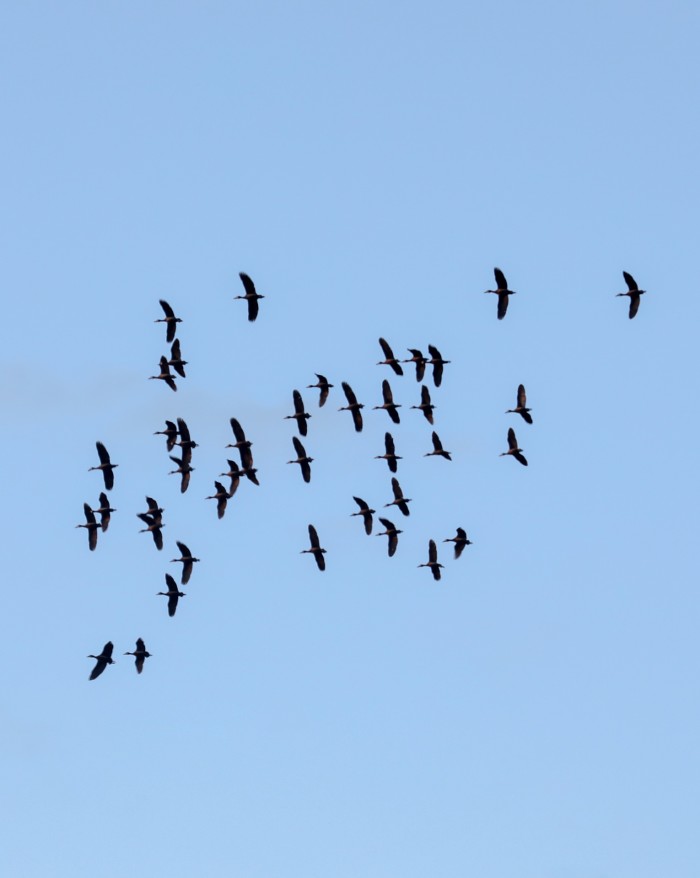
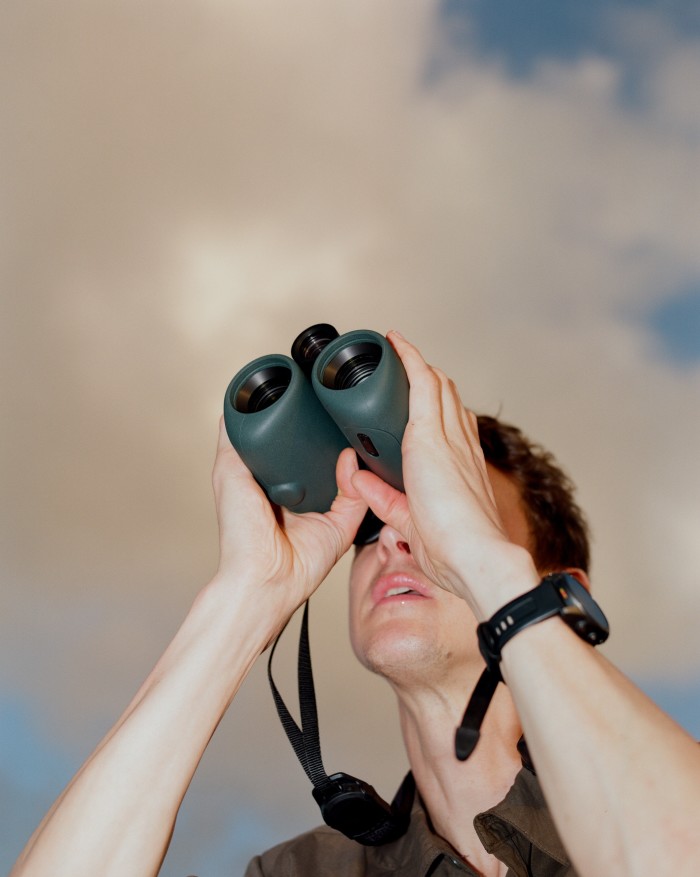
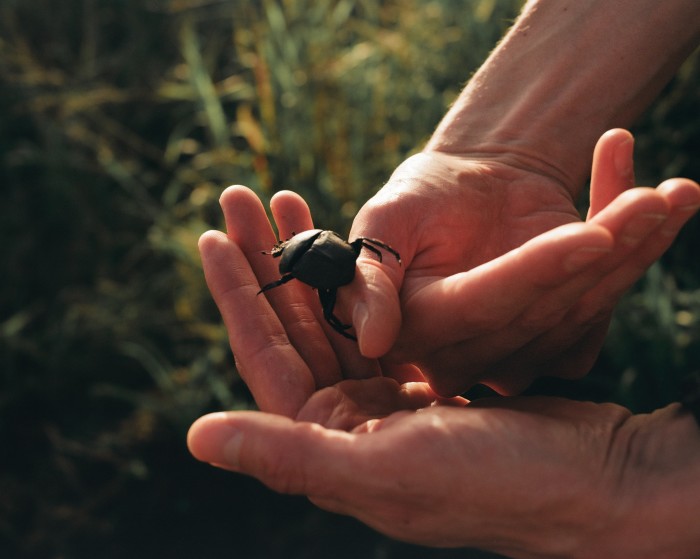
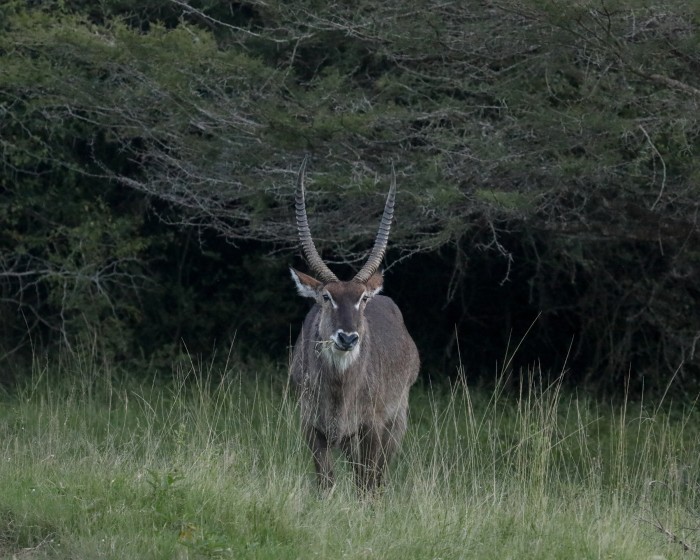
On my last day, as the sun drops low on the horizon, we stop at a clearing next to the waters of the Mvubu dam, which makes a sublime setting for sundowners. A handful of blue-cheeked bee-eaters flutter above the still waters, a flock of white-faced whistling ducks complete their final flyby, and the nearby hippos quieten their grunting for the night. Biltong and drinks polished off, we hop back in the vehicle and make our way under a starry night sky. Sitting back, I reflect on my first birding safari experience – spotting more than 100 bird species, taking in the big five along the way and myriad other wildlife, it’s been as rewarding a trip as I could have hoped for.
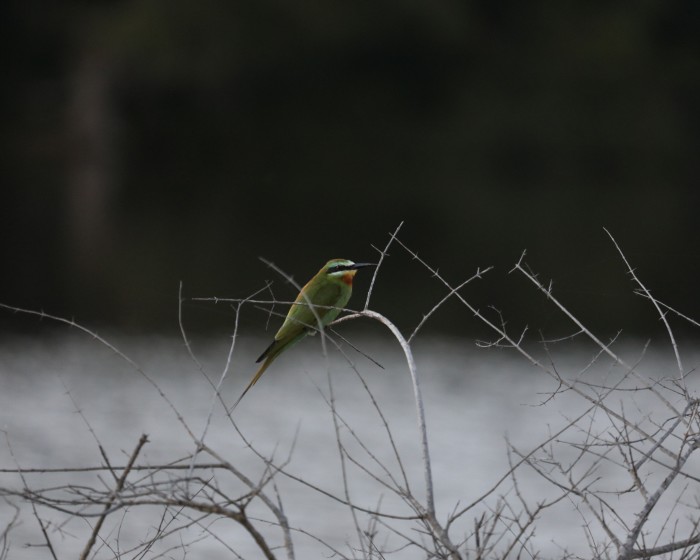
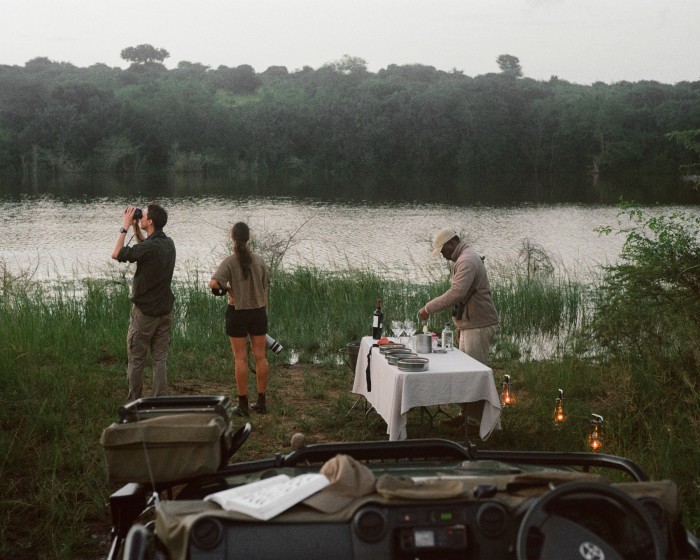
Fergus Scholes travelled as a guest of andBeyond, on an abbreviated version of its nine-night Beyond Average Birding in South Africa experience, which costs from £9,200pp sharing. Includes internal flights, dedicated safari vehicle and specialist birding guide, accommodation, laundry, meals and drinks, andbeyond.com. Guests will be able to book a pair of Swarovski Optik AX Visio binoculars from July, POA

